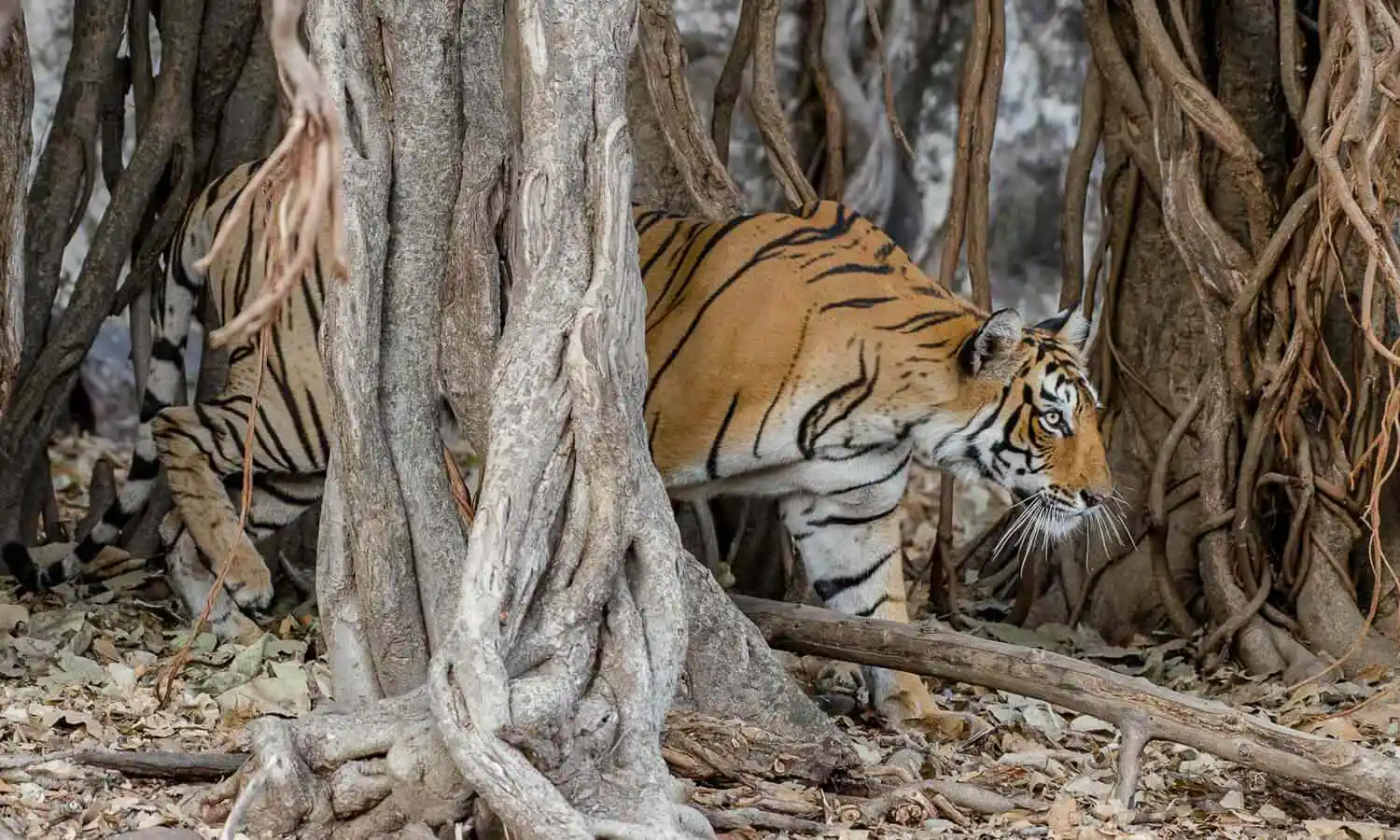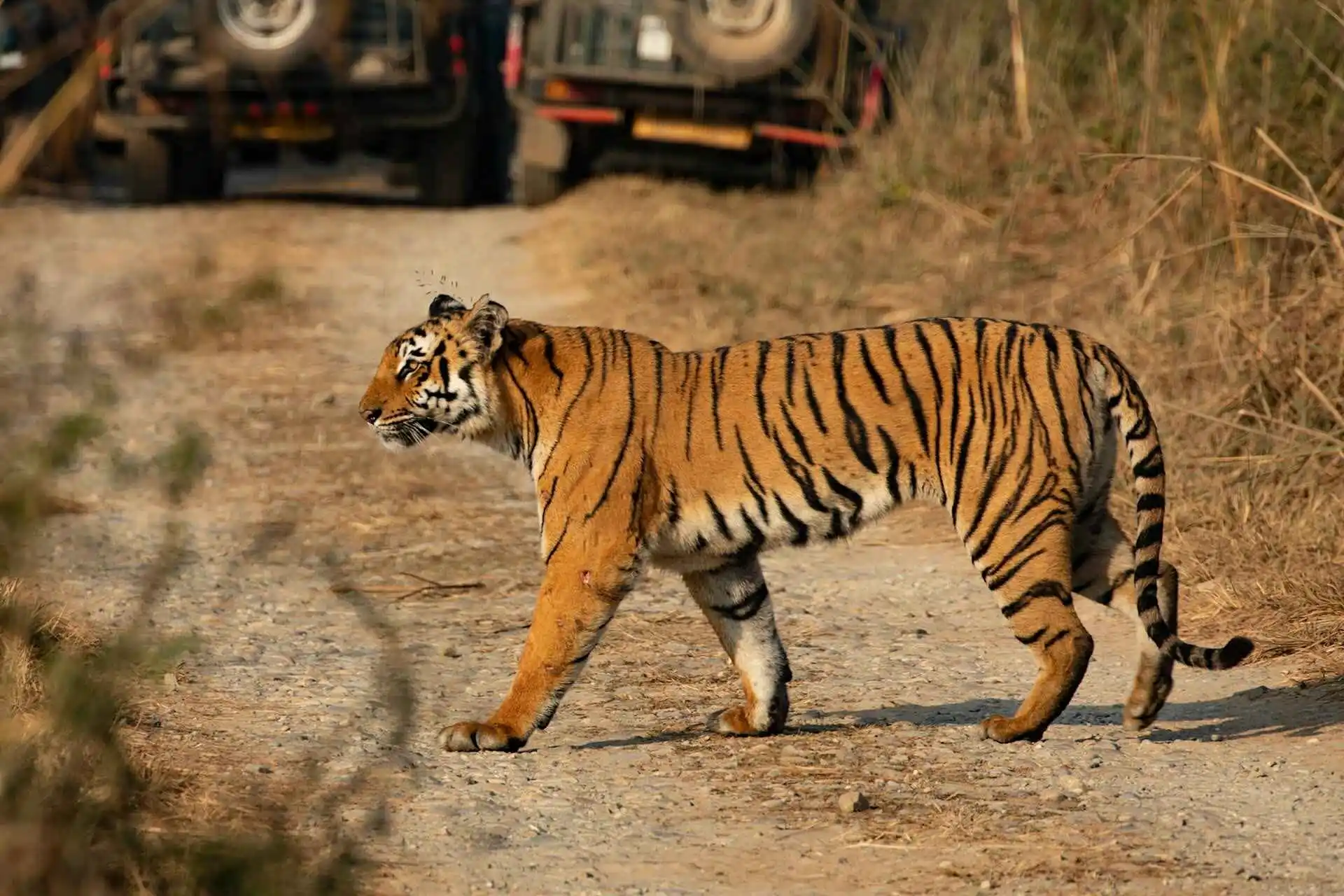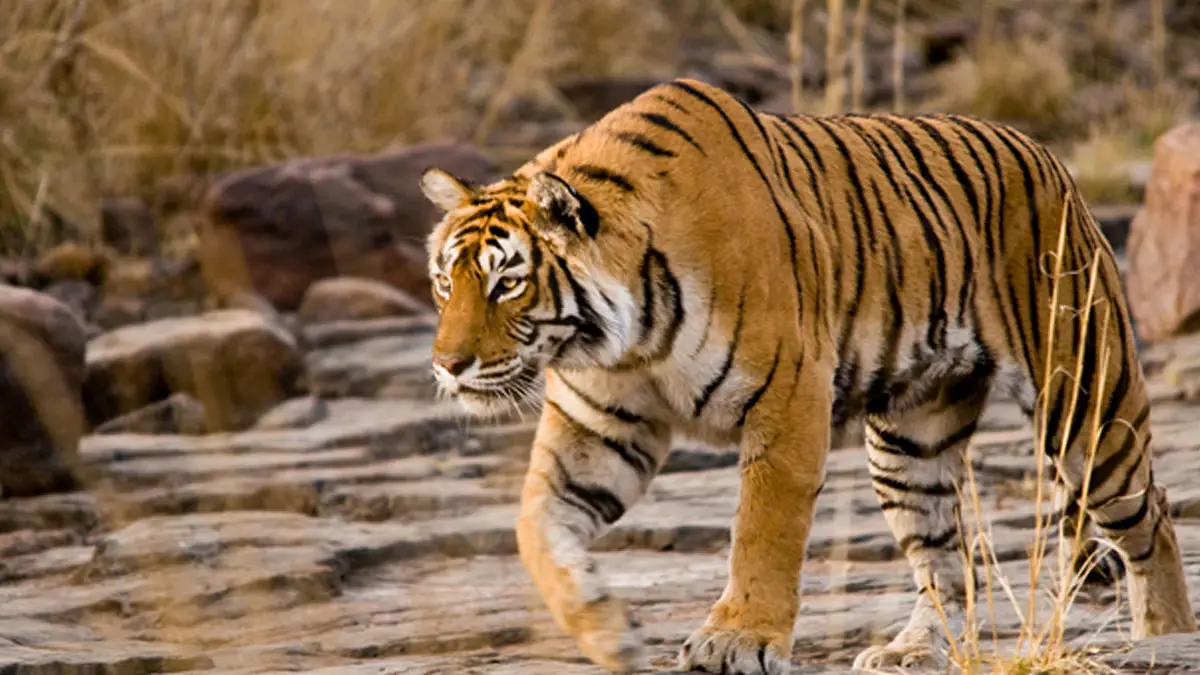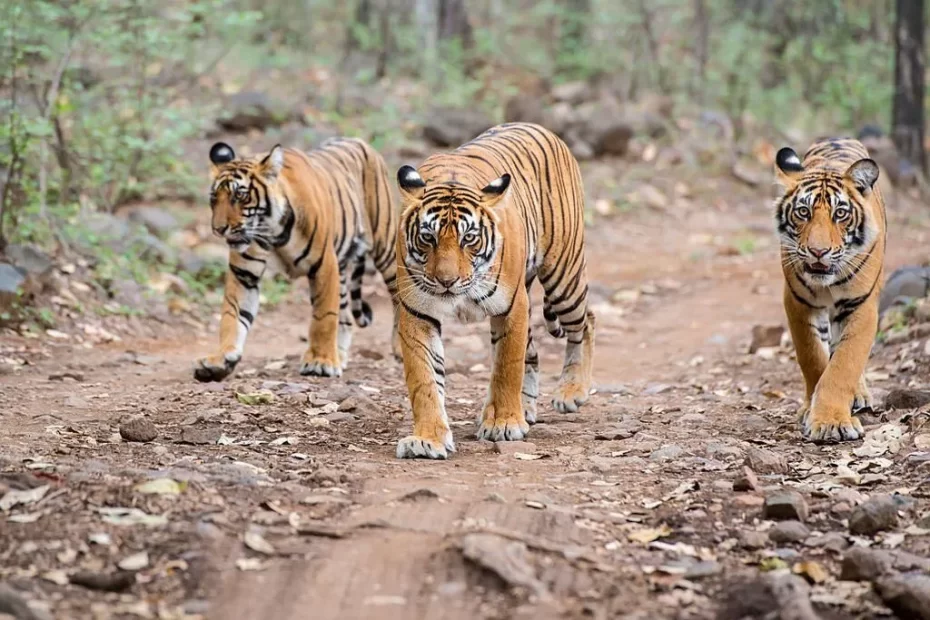Welcome to the Year 2025. While the world around us is vastly different, humanity still clings to life on Earth, though it is a far cry from the vibrant planet we once knew. Earth is now barren, with nature’s beauty confined to the pages of history books and recorded footage. Human progress has led to breakthroughs in space travel, but our planet is a shadow of its former self. Atmospheric controlled environments are the only places we can thrive. Time is merely marked by the ticking of a clock, and there is no natural rhythm of day and night anymore.
In this altered reality, we find ourselves in a world where nature exists only in stories. A child once asked me what it would be like to witness a tiger in the wild. Their fascination with the images and stories of tigers sparked a deep curiosity in me. Today, humans have the technology to clone tigers, but the kids of this future will never experience the raw beauty of a tiger in its natural habitat—protecting its territory, hunting for prey, and living freely in the wild.
This thought led me to an irresistible idea—what if we could travel back in time and witness the evolution of the tiger in its natural environment? What if we could show these kids the tigers that once roamed the wild, unconfined and untamed? With this curiosity in mind, I decided to take the children on an extraordinary adventure—a journey back in time to witness the Royal Bengal Tiger and its evolution.
The Journey Begins

I gathered the children and explained the risks. “Listen, everyone! We’re about to embark on a dangerous journey,” I said, preparing them for the unknown. The excitement was palpable, and the children were ready. With the help of Mindycoat, an AI robot with vast knowledge about the flora and fauna of the time, we entered the time-travel booth. The coordinates were set—India, the present day, 2019. We punched in the numbers, and suddenly, we were sucked into a vacuum, traveling through a tunnel at incredible speed.
At the other end of the tunnel, we found ourselves in the jungles of Central India, home to the majestic Royal Bengal Tiger. This part of India is one of the best places to see tigers in their natural habitat, and the landscape was teeming with life. The air was thick with the sounds of the jungle—hornbills flapping through the canopy, spotted deer running at the slightest movement, and jackals lounging under the shade of ancient trees. We were in awe of the beauty around us but also saddened by the stark realization of how much we had destroyed in the future.
Mindycoat shared fascinating information about the tiger’s evolution. “The world was once home to nine tiger subspecies,” it explained. “Of these, six are still alive today.” These subspecies include the Siberian Tiger, Royal Bengal Tiger, Indo-Chinese Tiger, Malayan Tiger, South China Tiger, and the Sumatran Tiger. However, the Balinese Tiger, Javan Tiger, and Caspian Tiger have gone extinct.
Witnessing the Royal Bengal Tiger

As we ventured deeper into the jungle, we followed fresh pug marks in the sand. These prints had no nail marks—an indication of retractable claws, a characteristic of the tiger. The large pads of the tiger’s feet left an impression in the sand, showing that this predator stalked its prey, unlike dogs, which are more prone to chase. We heard the alarm calls of spotted deer, signaling the presence of a predator in the area. Our hearts raced as we ventured forward, and in the distance, we finally spotted the movement we had been searching for.
Through the dense foliage, we saw it—a Royal Bengal Tiger, moving silently through the jungle. Its orange coat, adorned with black stripes, blended perfectly with the surrounding green and yellow foliage, making it nearly invisible. The stripes, which seemed to mimic the shadows of grass and leaves, allowed the tiger to stalk its prey without being seen. This was nature’s true predator, a creature evolved to be a killing machine.
The tiger’s padded feet allowed it to move silently through the underbrush, its keen sense of hearing and night vision making it an adept hunter in the dense jungle. Its powerful jaws, designed to strangle and drag prey much larger than itself, were a testament to the tiger’s evolutionary prowess. The children and I were thrilled to witness this magnificent animal in its natural habitat.
But the children were curious. “What did the tiger’s ancestors look like?” they asked. “Were they more fearsome than the tigers we see today?” I smiled and told them, “Let’s go back in time even further. I’ll show you the tiger’s great-great-grandfather.”
The Evolutionary Journey

We entered the time booth again, this time setting the coordinates for 55 million years ago. As we traveled back in time, the weather changed, becoming warmer and more humid. Forests began to expand, and the oceans receded. Mammals had begun to dominate the Earth, and the age of the dinosaurs had come to an end. The evolution of mammals set the stage for the rise of carnivores.
Mindycoat pointed out the first known ancestors of modern-day carnivores—the Dormaalocyon latouri. This small mammal, with a long tail and snout, lived in trees and was an early ancestor of modern-day carnivores. These tiny creatures were part of the Miacid family and represented the beginning of the evolutionary path that would eventually lead to the tiger.
As we continued our journey, the children were fascinated by the evolution of these creatures. One child asked, “What about the Sabretooth Tiger, the Smilodon? Wasn’t it related to the tiger?” Mindycoat clarified, “The Smilodon was not a direct ancestor of the modern tiger. It lived in the Americas and has been extinct for thousands of years.”
Back to the Present

After witnessing the incredible journey of the tiger’s evolution, we returned to the future, filled with awe and a newfound appreciation for these magnificent creatures. The children couldn’t stop discussing how life would have been if tigers still roamed freely in the wild. We had traveled through time and seen firsthand the legacy of the tiger, from its ancient ancestors to the majestic predators of today.
As we returned to the future, I couldn’t help but think about how far we have come—and how far we still need to go in protecting our planet and its wildlife. The adventure had left us with a sense of responsibility to ensure that the tigers and other wildlife of the world are preserved for future generations.
About Wild Earth Safari
At Wild Earth Safari, we believe in the transformative power of travel and the importance of preserving our natural heritage. Our mission is to provide immersive travel experiences that connect people with the beauty of the world’s wildlife, especially the majestic tigers. Through our specially curated tiger safaris in India, we aim to raise awareness about conservation efforts and the importance of protecting endangered species.
Wild Earth Safari invites you to embark on an unforgettable tiger safari experience, where you can witness the beauty of the Royal Bengal Tiger and other endangered species in their natural habitat. Join us in our mission to protect and conserve the wildlife that makes our planet so unique.
Join us at Wild Earth Safari to explore the wild, learn about tiger conservation, and experience the beauty of India’s untamed jungles.

